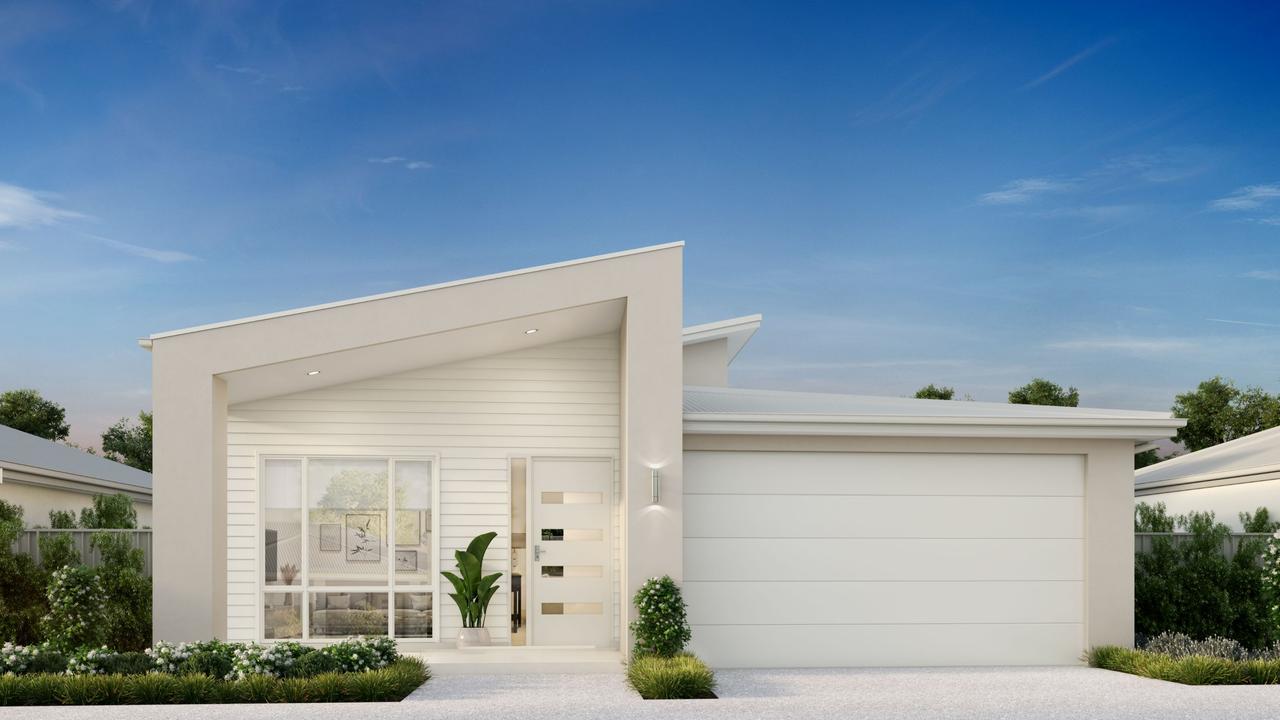
More than $5bn worth of renewable energy assets that have been for sale in Australia have struggled to find buyers or are expected to struggle following the knockout $4bn purchase of the Andrew Forrest-backed CWP Renewables in 2022.
Only this week, the global renewable energy provider GPG withdrew plans to sell its Australian business and there’s doubts looming about the upcoming Neoen renewable energy sale process.
Sources in the market say that the price expectations in the Morgan Stanley-run GPG sale were about $4bn for Australia, but buyers were only willing to pay about half that amount.
While Dutch fund APG took a look, the understanding is that its interest was in bidding with another partner for the business that includes 28 wind turbines and produces more than 300,000 megawatts of power a year.
Now all the focus is on the sale of the $5bn unit of global renewable energy business Neoen. The company is seen as one of the best industry operators and its Australian operation is first class. But many are expecting that the sale process, which is being run through Bank of America, will likely stall, because the company is only selling 30 per cent.
The groups that would be most keen to get their hands on Neoen, which has several gigawatts of power it develops, finances, builds and operates, are companies such as Origin and AGL. But their interest would be in operating the asset, which means they would not be keen on a minority interest.
Neoen’s chief Xavier Barbaro recently said it wanted to double its capacity of renewable energy in Australia by 2030 to 10 gigawatts, placing it in the same league as Forrest’s Squadron Energy. Neoen trades on a high multiple in France and its parent company would want a high multiple as a result.
Market experts are observing a few trends playing out in the infrastructure space across the board that are causing deals to stall or transact at a lower price.
First, in renewables, asset owners are keen to cash in on the strong industry demand, and have been hoping to get the sort of prices CWP sold for. As a result, there are businesses being rushed to market when they are not yet in the right shape to sell.
But part of the reason why CWP’s price was so high was that it had a platform of assets.
Second, with the higher cost of debt, funds are demanding higher returns – now more than 10 per cent when before it was more like 7 per cent in the low interest rate environment.
It all leads to a mismatch between buyers and sellers.
It’s being seen across other parts of the infrastructure sector, with some of the stakes in airports for sale yet to find buyers and a sale process in the Melbourne EastLink toll road resulting in a sale of just under 20 per cent to the Future Fund, which was far less than expected.




To join the conversation, please log in. Don't have an account? Register
Join the conversation, you are commenting as Logout